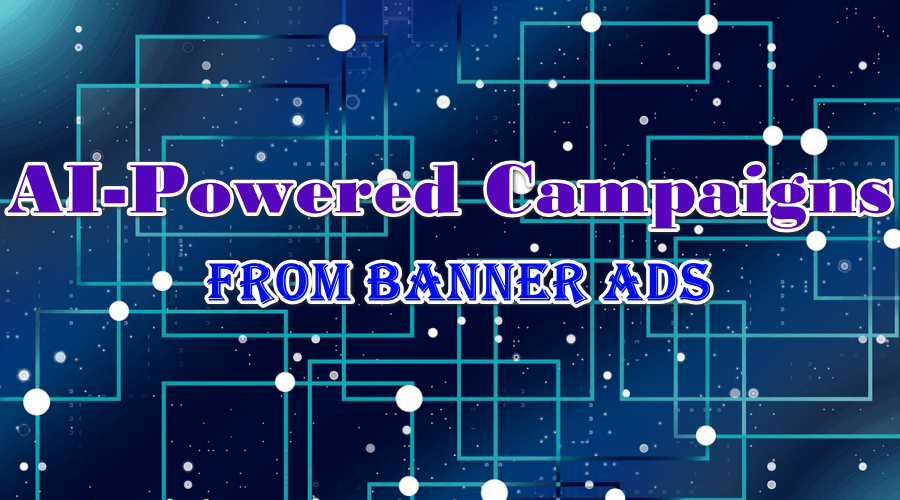
We are witnessing an extraordinary journey, from the humble beginnings of banner ads to the complexity of AI-powered campaigns. This transformation not only revolutionized the way businesses reach audiences but also redefined the nature of marketing.
The birth of banner advertising
Pioneer of online advertising
The birth of banner advertising marked an important moment in the history of digital marketing. With the arrival of the first clickable banner ads in 1994, businesses gained a new platform to showcase their products and services to a global audience.
The Age of Search Engine Dominance
Google’s AdWords Revolution
With the launch of Google AdWords in 2000, businesses could now bid on keywords to display their ads along with the search results. This pay-per-click model has democratized advertising, allowing even small businesses to compete on a level playing field.
Social Media: The Engagement Frontier
Going Beyond Traditional Advertising
The rise of social media platforms has created a paradigm shift in digital marketing. No longer limited to static advertising, businesses now have the ability to interact with their audiences in real time, cultivating a sense of community and brand loyalty.
Content Marketing Renaissance
Quality over quantity
Content marketing has become the foundation of digital strategy. By creating valuable and relevant content, businesses can establish authority in their respective industries, attract organic traffic, and build trust with their audiences.
The Mobile Revolution
Marketing on the go
The ubiquity of smartphones has fundamentally changed the way consumers interact with digital content. Mobile optimization has become imperative, and businesses must ensure a seamless experience for users across different devices.
Personalization and data-driven marketing
Precision targeting
Advances in data analytics and artificial intelligence have enabled businesses to hyperpersonalize their marketing efforts. By leveraging user data, campaigns can be tailored to individual preferences, improving the user experience and generating higher conversion rates.
The emergence of AI-driven campaigns
The future of marketing
Artificial intelligence (AI) is poised to become the next frontier in digital marketing. By leveraging machine learning algorithms, businesses can automate tasks, analyze large amounts of data, and deliver highly targeted and relevant content to their audiences.
#Banner Ads, #Traditional Advertising, #digital strategy, #banner advertising, #organic traffic